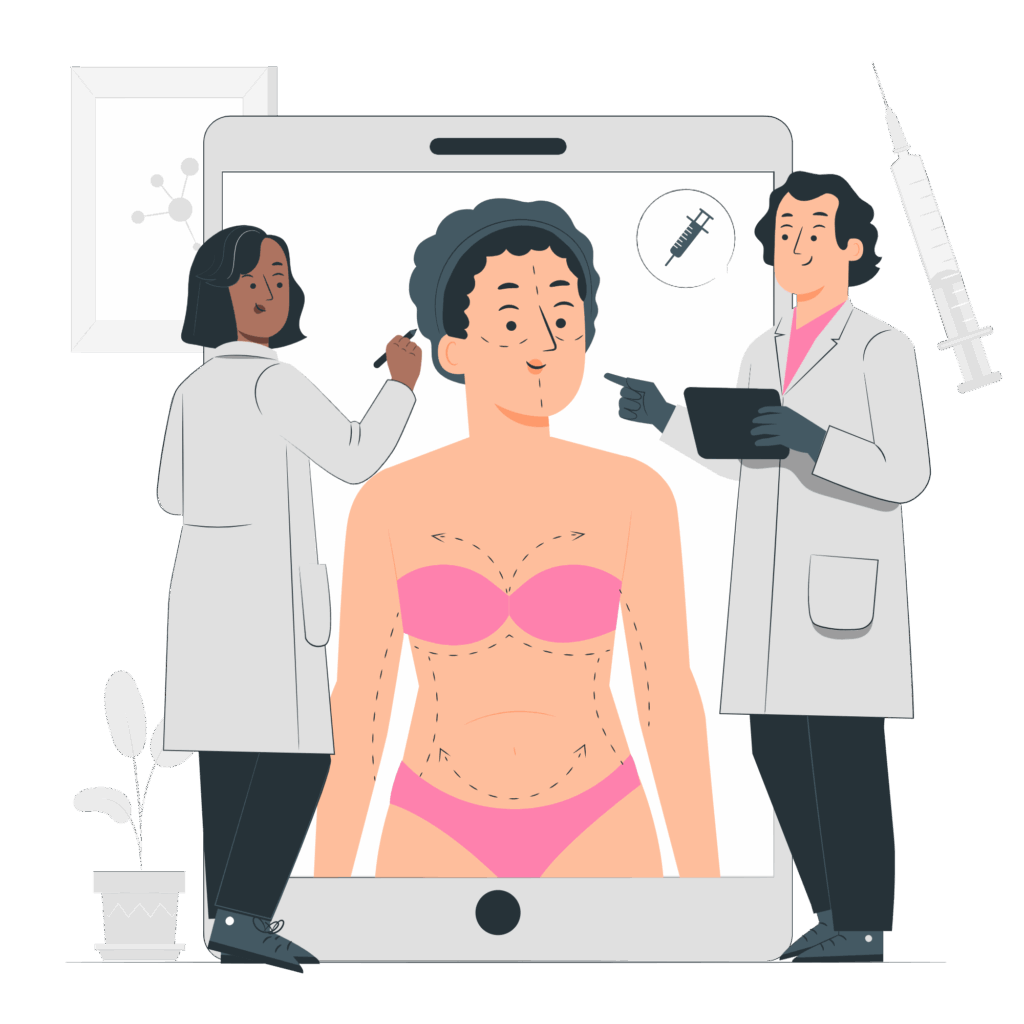Stretch marks, medically known as striae distensae, are a common skin concern for many women. Whether caused by pregnancy, rapid weight gain, or puberty, these streak-like scars can be frustrating and difficult to manage. But here’s the good news: while stretch marks are permanent scars, various treatments and home remedies can significantly reduce their appearance and improve skin texture over time.
What Are Stretch Marks and Why Do They Occur?
Stretch marks appear when the skin is stretched beyond its elastic limit, causing the collagen and elastin fibers in the middle layer of the skin (the dermis) to tear. This results in long, narrow streaks that often start out red, purple, or pink and gradually fade to white or silver over time.
They most commonly develop on the:
-
Abdomen
-
Thighs
-
Hips
-
Breasts
-
Lower back
-
Knees
Factors like age, genetics, and hormonal changes affect how prone a person is to developing stretch marks.
Common Causes of Stretch Marks in Women
Some of the most frequent triggers for stretch marks include:
-
Pregnancy – Rapid belly expansion and hormonal changes
-
Puberty – Growth spurts during adolescence
-
Weight gain – Sudden increase in body fat or muscle mass
-
Genetics – Family history of stretch marks increases risk
-
Corticosteroid use – Prolonged use of steroid creams or medications can thin the skin
-
Medical conditions – Conditions like Cushing’s syndrome or Marfan syndrome may also contribute
Can You Get Rid of Stretch Marks? Here’s the Truth
Stretch marks are a form of deep dermal scarring, which makes them difficult to completely eliminate. However, with early intervention, consistent care, and the right combination of medical and natural treatments, their appearance can be minimized dramatically.
Top Professional Treatments for Stretch Mark Removal
1. Laser Therapy (Fractional CO2 or Pulsed Dye Laser)
Laser treatments stimulate collagen and elastin production in the skin, helping to fade stretch marks and improve texture. Ideal for newer red or purple marks.
2. Microneedling (Collagen Induction Therapy)
A minimally invasive treatment that uses tiny needles to create micro-injuries, encouraging the body to regenerate the skin with new collagen.
3. Chemical Peels
Mild to medium-depth peels exfoliate the skin and can lighten the color of stretch marks while improving smoothness.
4. Microdermabrasion
Uses fine crystals to gently remove the top layer of dead skin, helping reduce superficial stretch marks.
5. Radiofrequency Treatments
RF technology heats deeper skin layers to stimulate new collagen formation and tighten sagging or scarred areas.
Natural Remedies That Can Help Fade Stretch Marks
Though they may not completely remove stretch marks, natural remedies can help improve skin elasticity and tone:
-
Aloe Vera Gel – Known for soothing and healing properties
-
Coconut Oil or Shea Butter – Deeply moisturizing, may improve appearance with consistent use
-
Vitamin E Oil – Antioxidant-rich oil to support skin healing
-
Castor Oil Massages – Popular in Ayurvedic care for scar lightening
-
Hyaluronic Acid – Often available in over-the-counter serums, helps plump and hydrate damaged skin
Prevention Tips: Can You Avoid Stretch Marks?
While some stretch marks are unavoidable due to genetics or hormones, the following practices can lower your risk:
-
Keep your skin moisturized with rich body butters and oils
-
Stay hydrated by drinking at least 2 liters of water daily
-
Eat a collagen-boosting diet rich in vitamin C, zinc, and protein
-
Gain weight slowly and steadily during pregnancy or workouts
-
Use topical creams (e.g., retinoids or hyaluronic acid) early on when marks are still red or pink
When to Seek Professional Help
If your stretch marks are causing emotional distress or not responding to home treatments, consider consulting a dermatologist or licensed aesthetician. Medical-grade treatments often deliver better results than over-the-counter products.
Stretch Marks May Be Common—But They’re Not Unbeatable
Stretch marks are a natural part of life, especially for women during major hormonal or physical changes. While complete removal isn’t always possible, modern treatments and consistent skincare can restore your confidence and help you love the skin you’re in.



